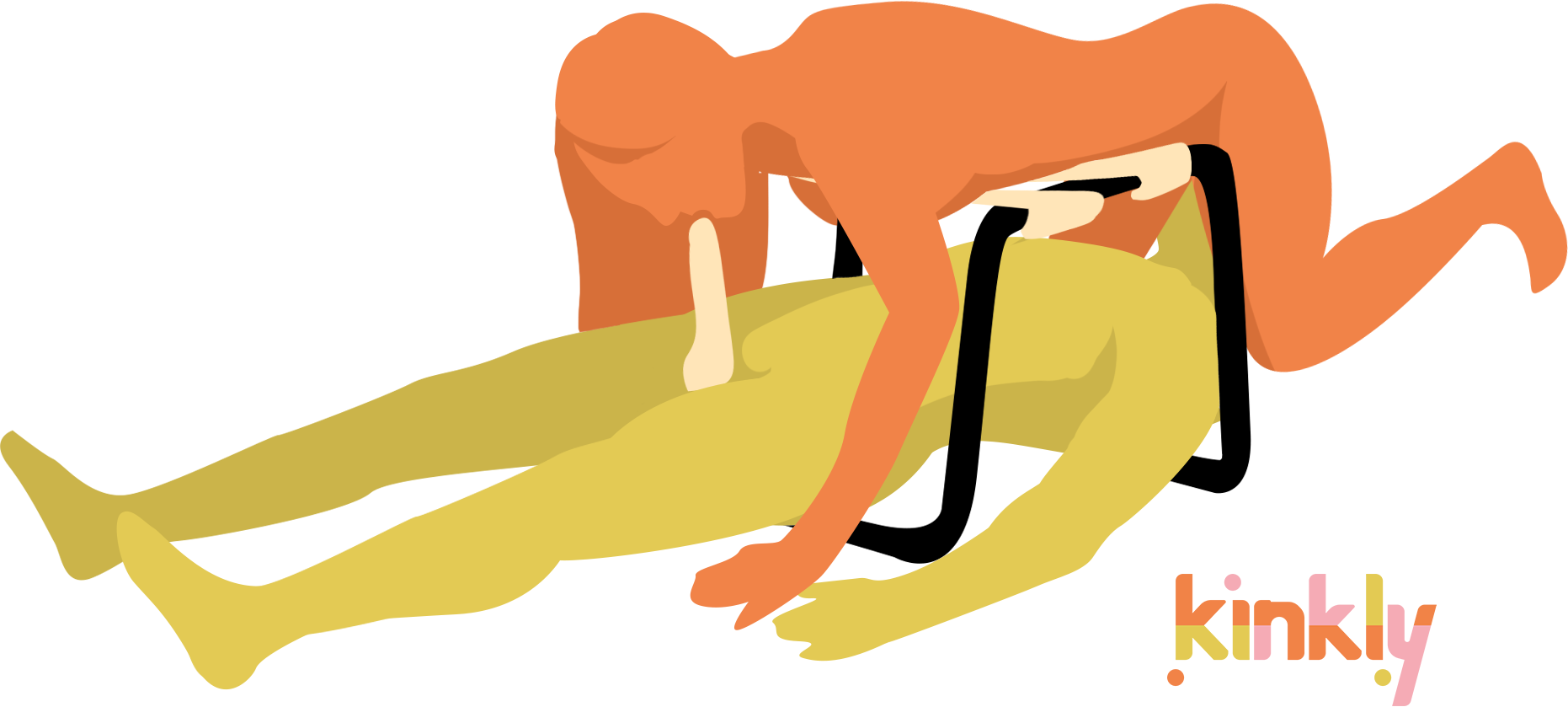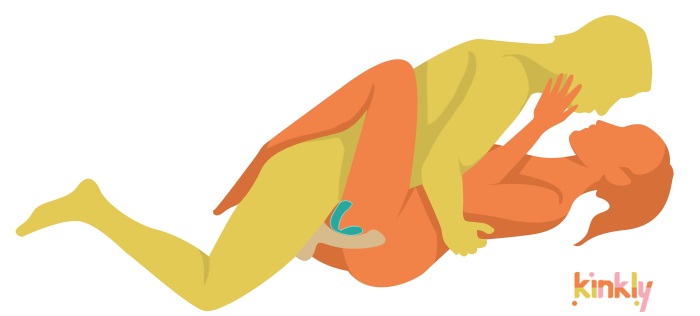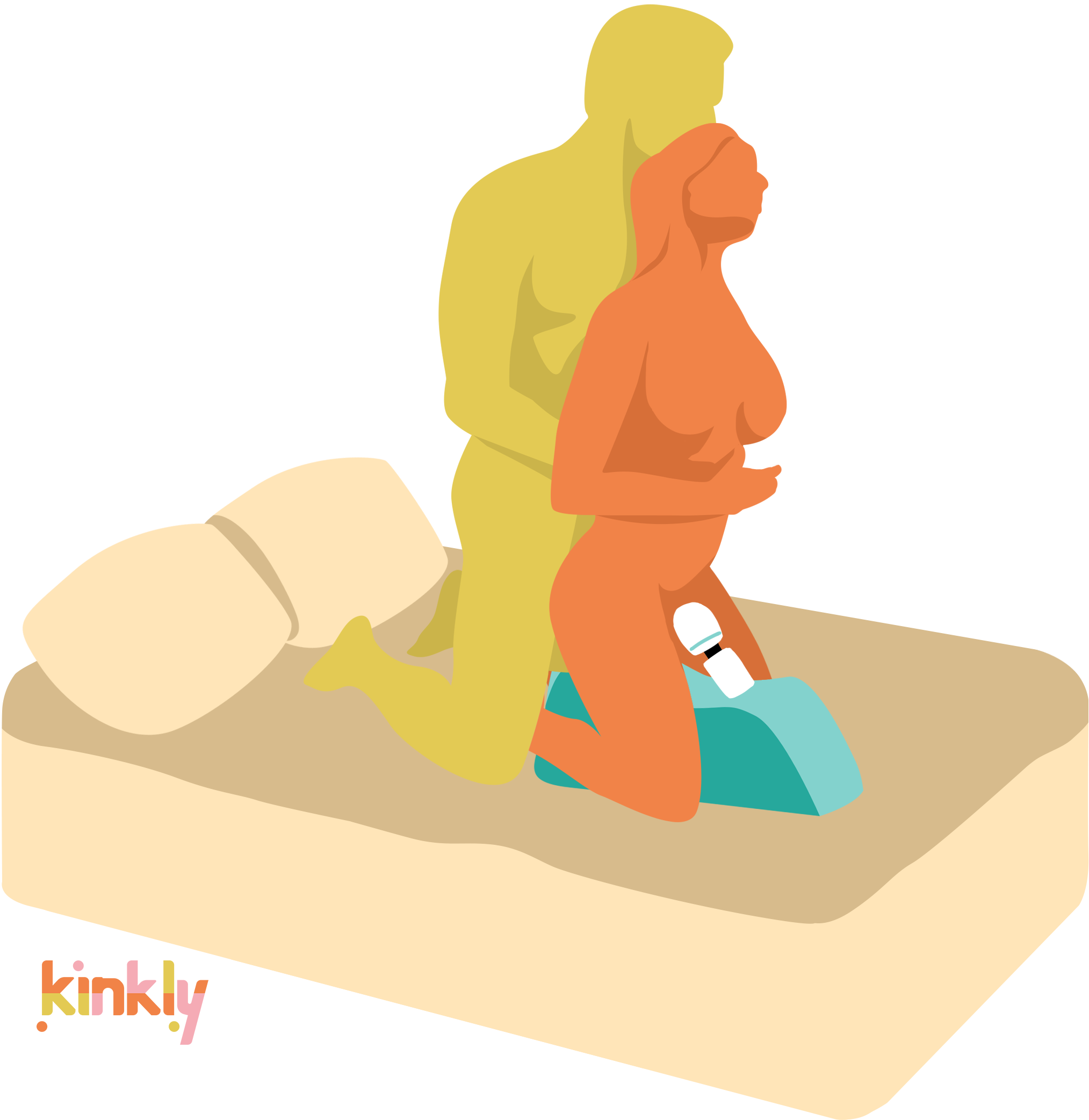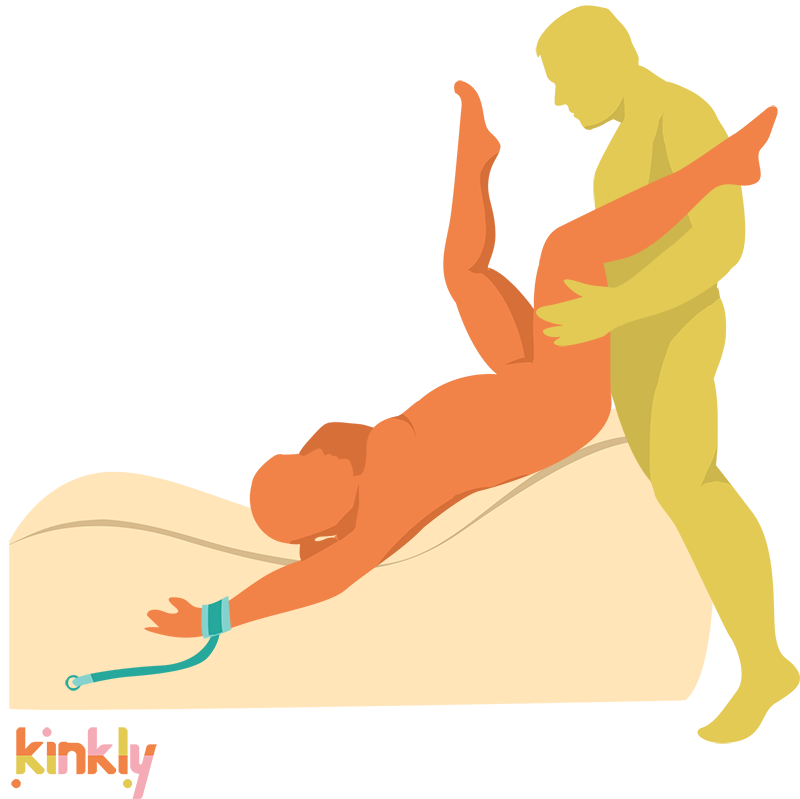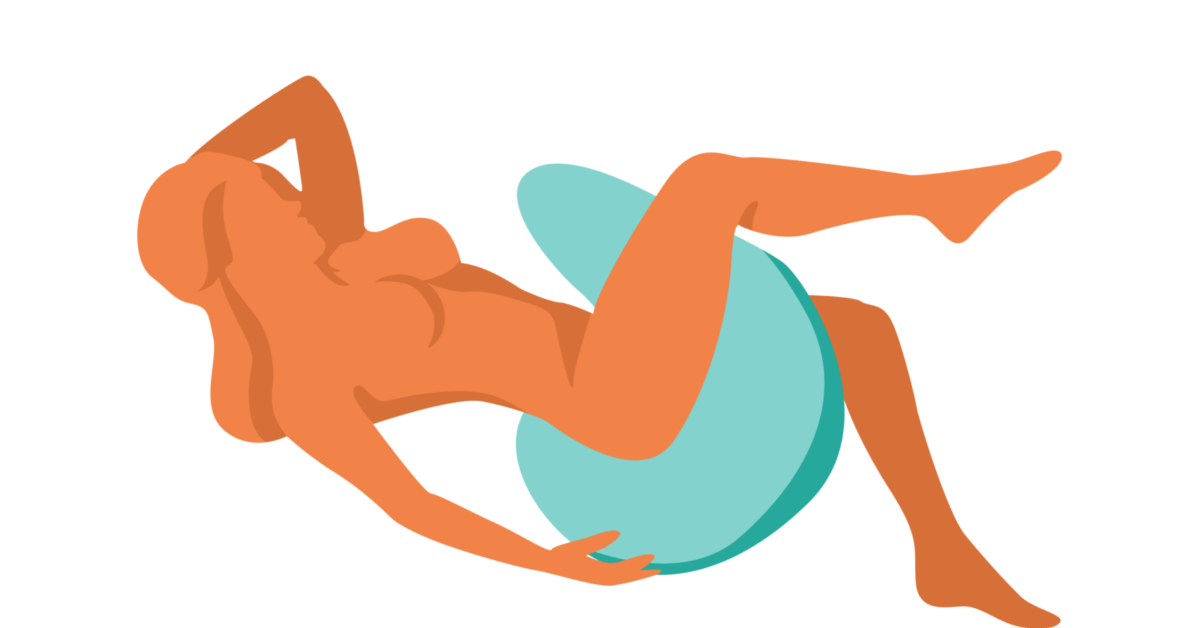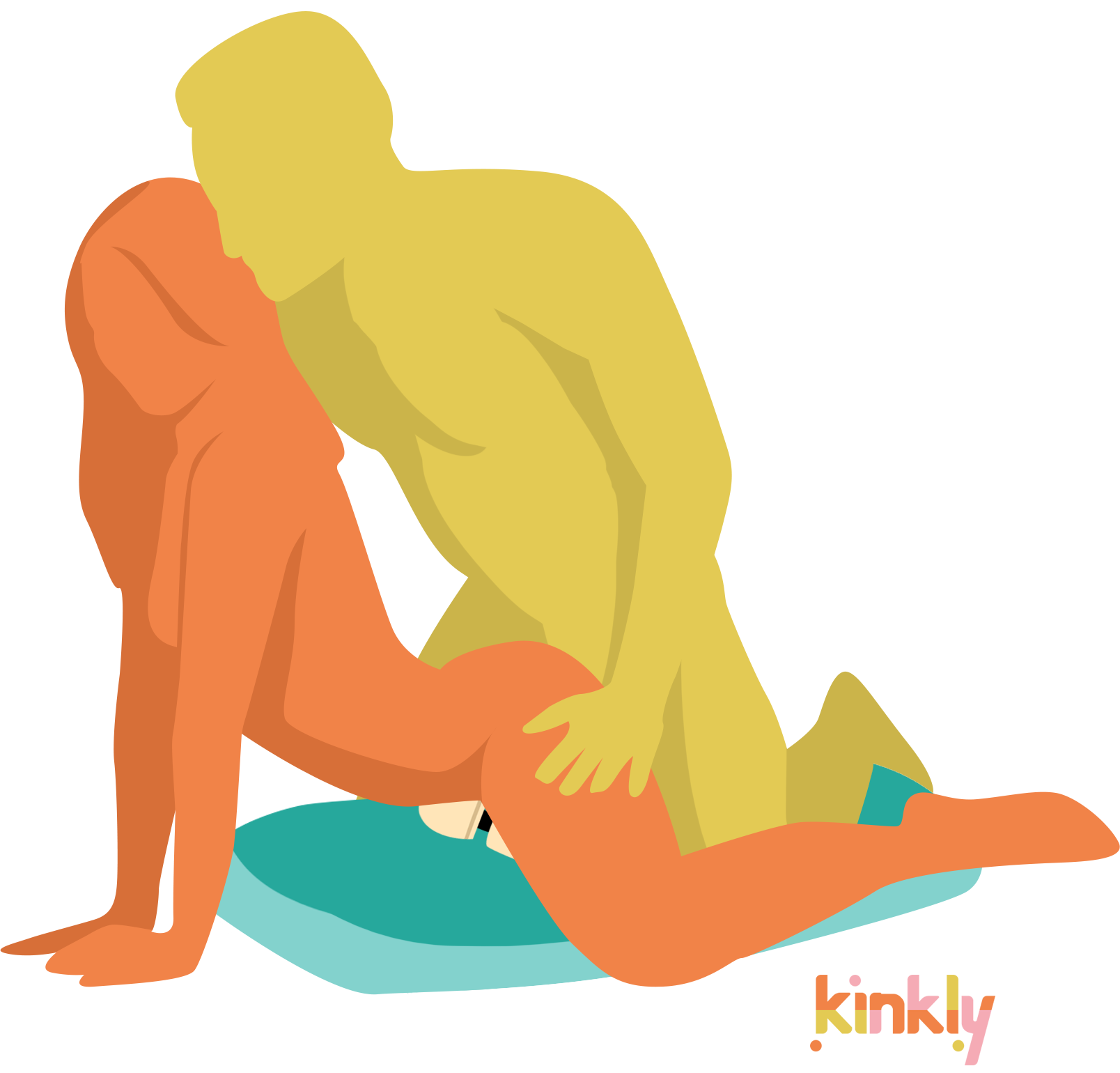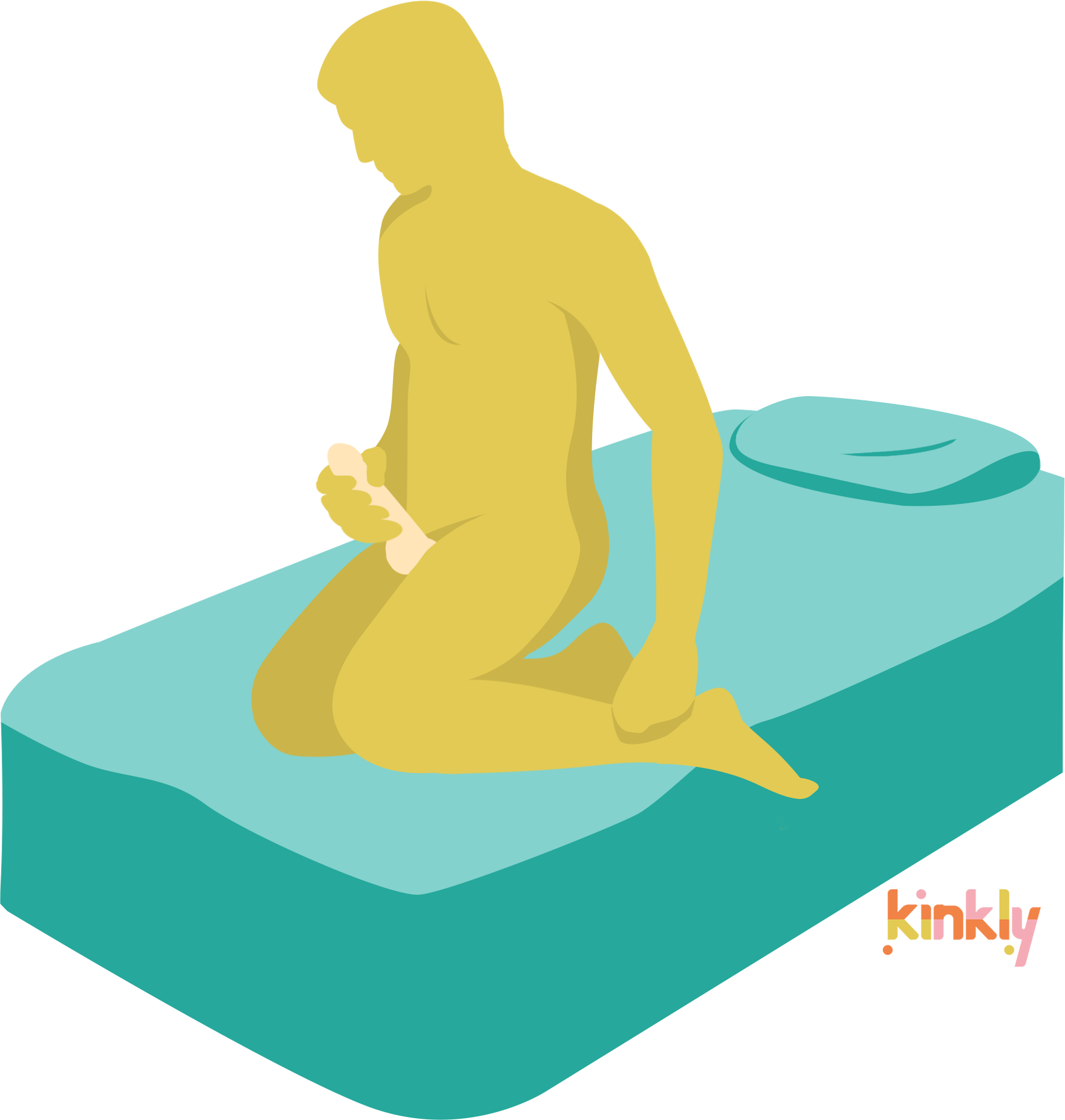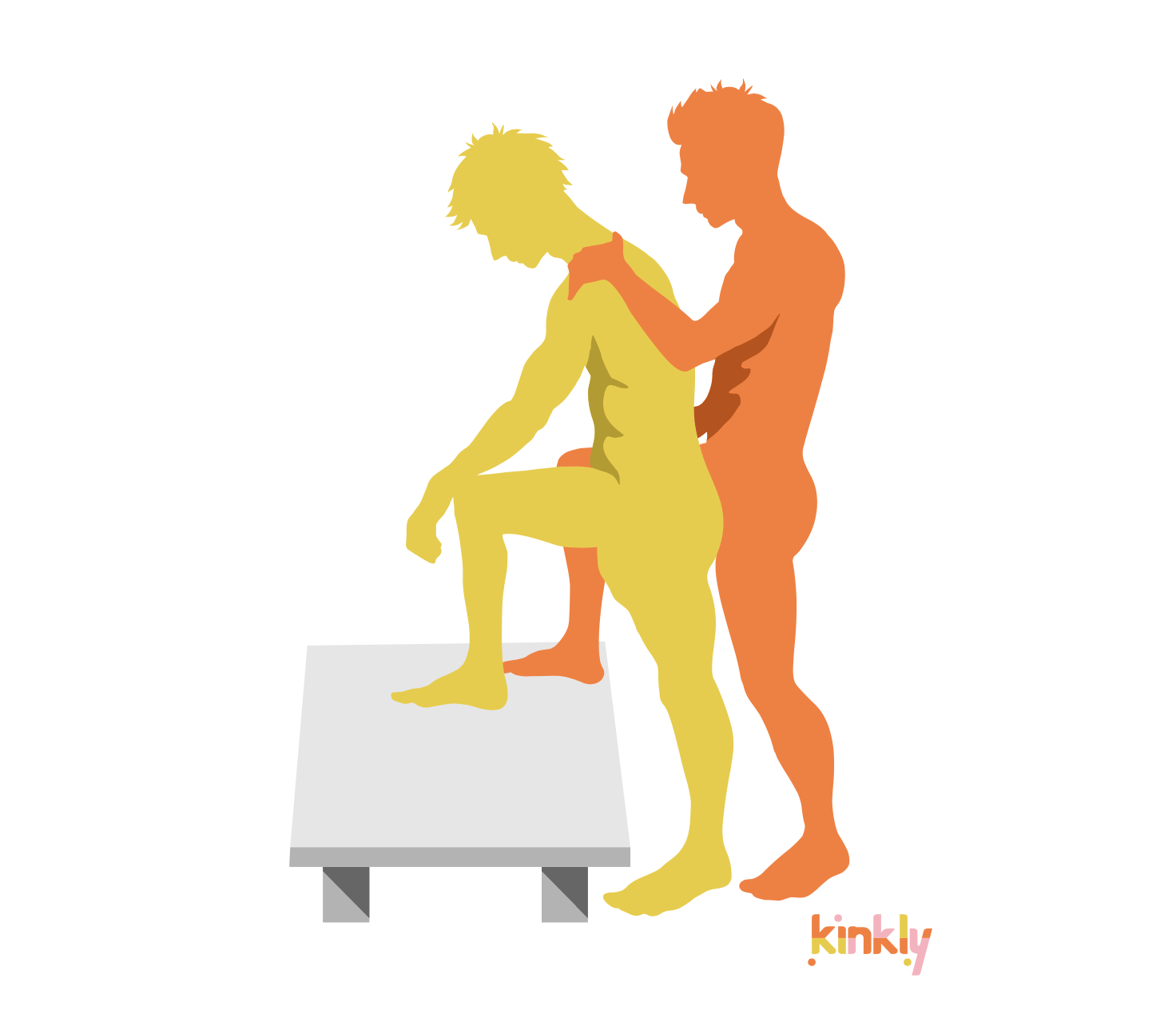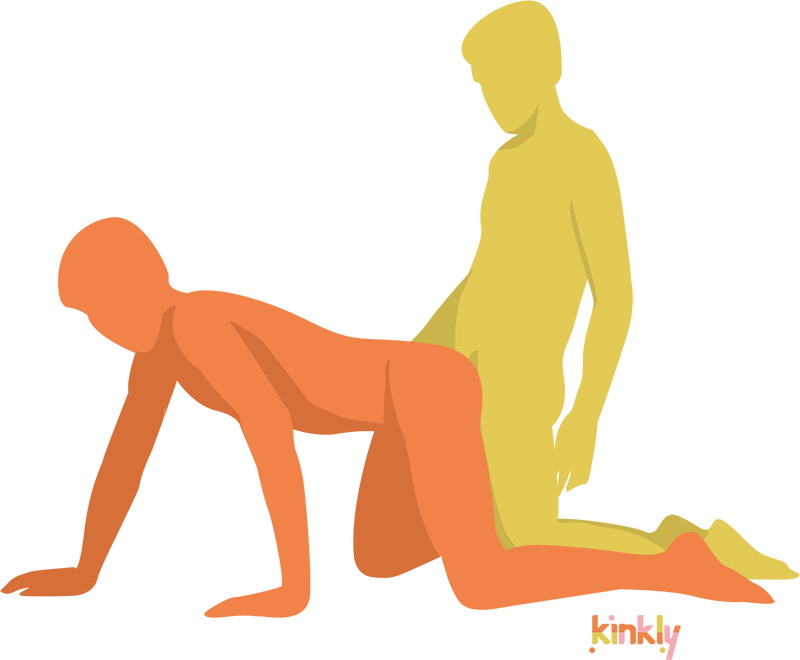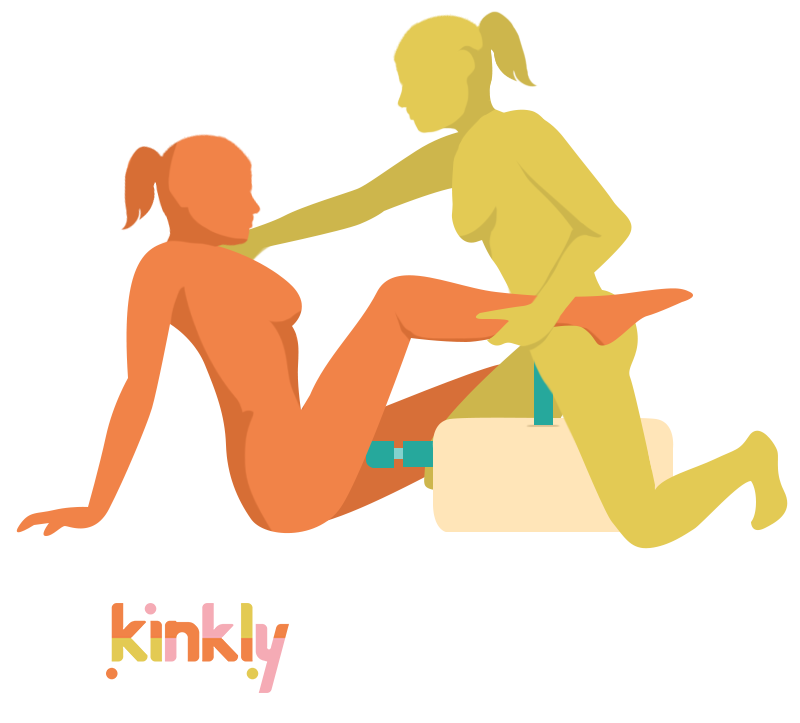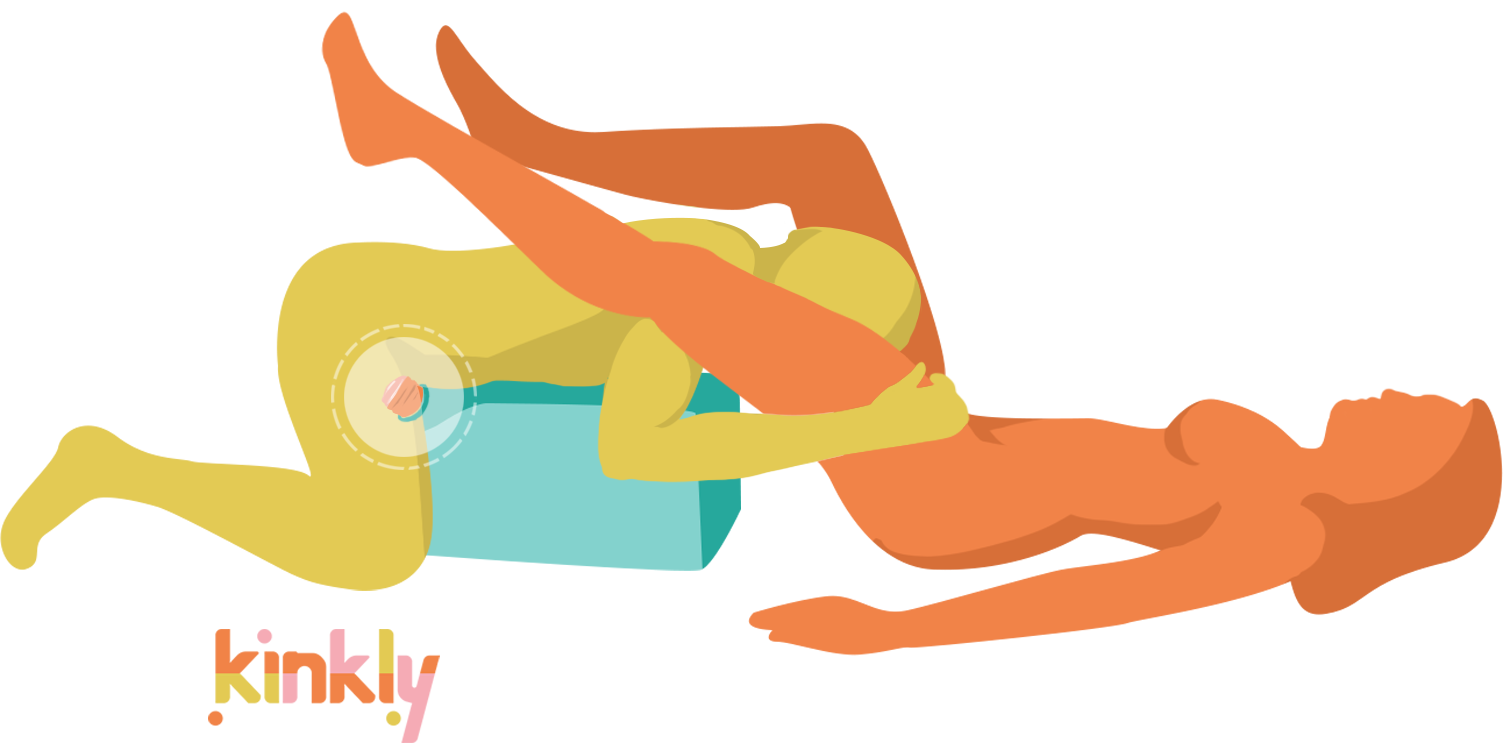Center vs. margin is a way of explaining the power dynamic that exists within any defined group. This theory images a group like a circle. The people with the most power or influence within the group sit at the circle’s center, while those with the least control are near its margin. American academic bell hooks developed the concept.
More About Center vs. Margin
In the center vs. margin dynamic, the movements of the people at the margin are relatively limited. They usually cannot get close enough to the center to assume real control, and remain relatively powerless. If the margin does start encroaching on the center, the center typically makes moves to reclaim their control.
Being in the center of a group is a privilege. Just as the people at the margin cannot easily change their situations, the people at the center cannot change their privilege. Often the privilege comes from factors outside their control, such as being born a particular race or social standing. Often the people in the center are unaware of their privileged position. Being aware of their position and the privileges that come with it can make people at the center more effective agents for change.
As the margin finds moving to the center difficult, theorists suggest the center should try moving to the margin. This action can help people in the center understand the concerns of people at the margin better. They can then use their power to address the concerns of the entire group, not just the center.
As a feminist writer, bell hooks developed the center vs. margin theory to explain the dynamics within feminist groups. In the 1980s she wrote that white, middle-class women were at the center of feminist groups while people of color were at the margins. However, her theory applies to any group, such as the LGBTQ+ community and different racial groups.
Most people are members of various groups, which can be thought of as overlapping circles. We may have consistent positions or be at the center of some groups and at the margins of others.




